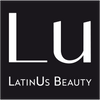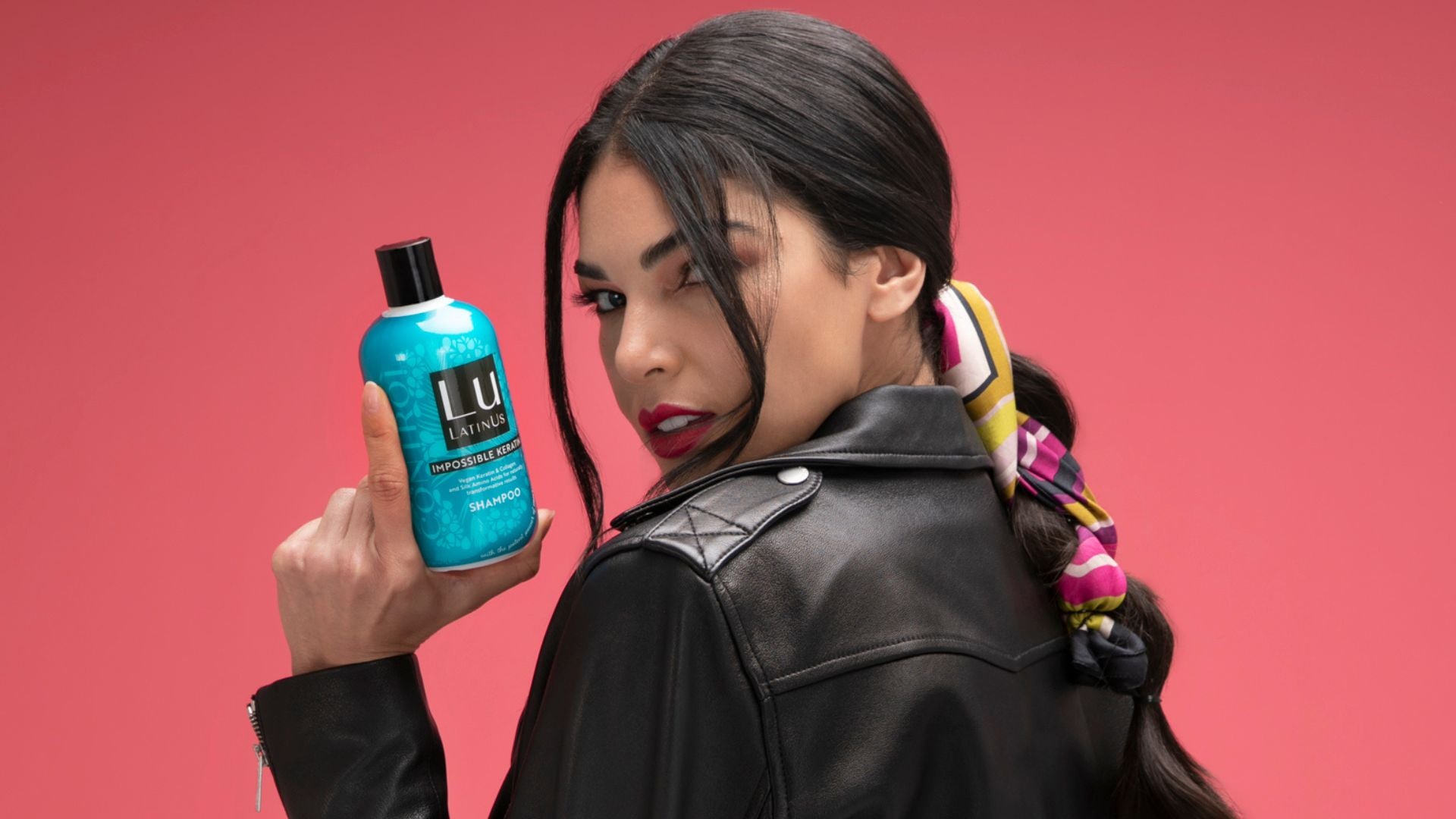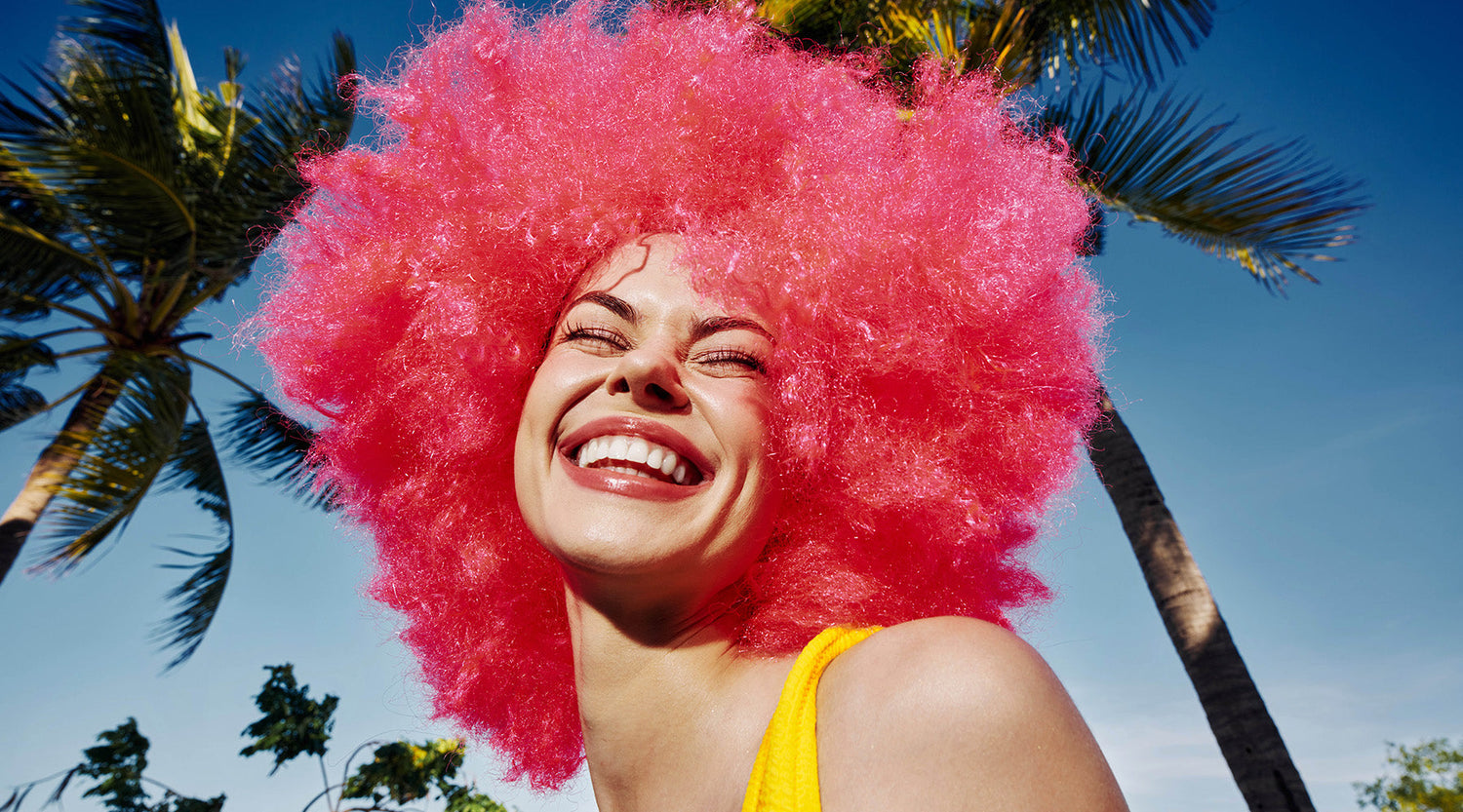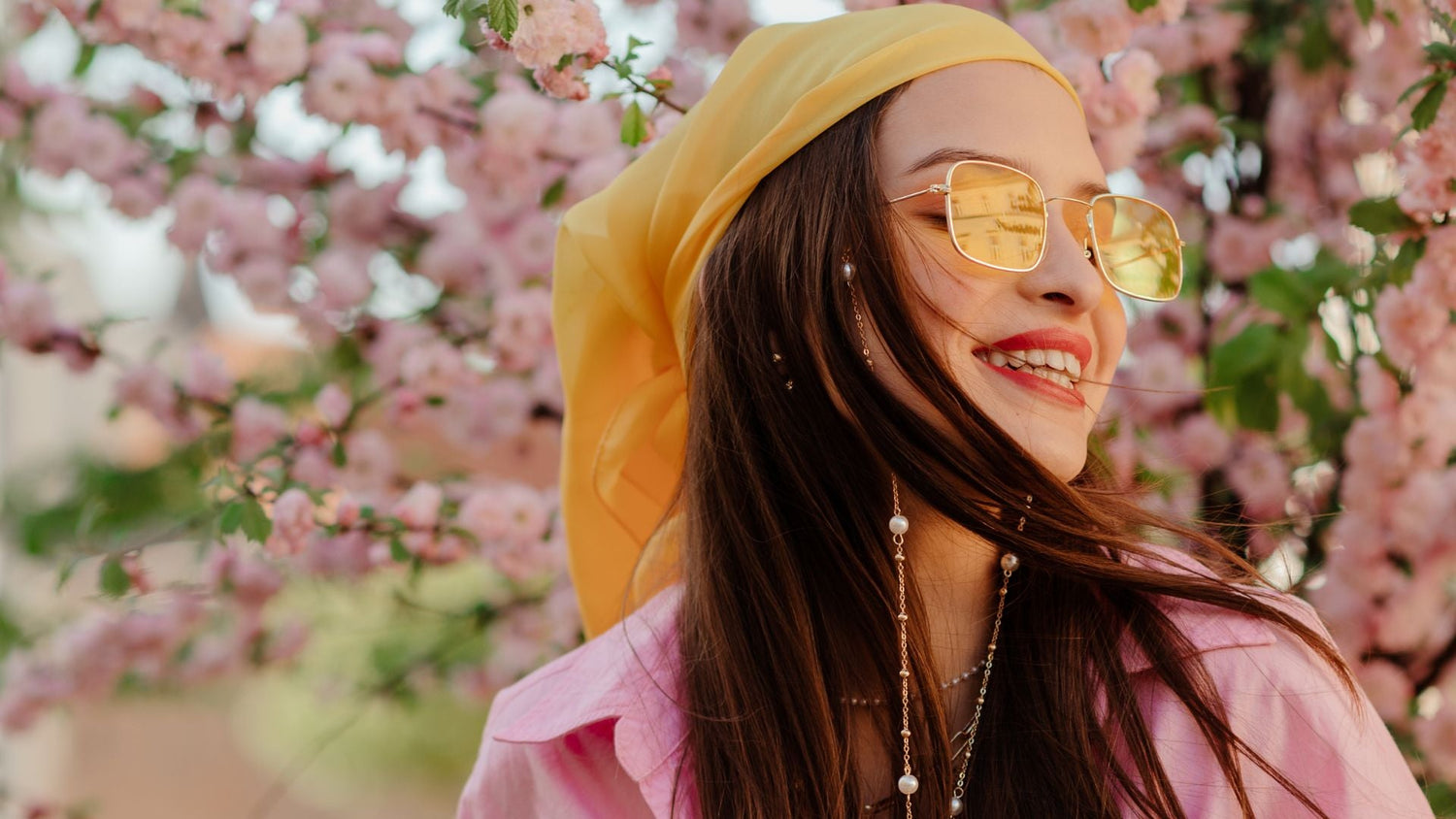Have you ever chosen a new shampoo based on the front of the bottle? Designed to be eye-catching and colorful, it’s easy to get swept away by clever branding, but the important stuff is on the back of the bottle. While you’re distracted by words like “natural” and “shine” in big letters, you might forget to take note of harmful ingredients in many brands that could be doing damage to your hair and, in some cases, your overall health. Before you invest in your next favorite hair care product, here’s everything you need to know about the shampoo ingredients that help your hair, and the ones you should avoid.
How Many Shampoo Ingredients Are There?

The International Nomenclature of Cosmetic Ingredients, abbreviated to INCI, was established in the 1970s to create a comprehensive list of ingredients found in cosmetics and hair products. According to the Chemical Inspection & Regulation Service, there are 16,000 ingredients currently recognized on this list. With so many ingredients that could be included in your shampoo, trying to understand what they all mean can make your head spin. And many of them are simply marketing terms or clever wording designed to sell.
For example, aqua and parfum are two exotic sounding shampoo ingredients that simply translate to water and perfume, which are found in most hair care products. You may also find chemical terms, from the well-known sodium chloride to the more exotic-sounding ammonium lauryl sulfate, which don't really tell you if they're good or bad for your hair. (For the record, sodium chloride helps to thicken hair, while ammonium lauryl sulfate is a cleansing agent that helps your shampoo lather and foam, and lifts dirt and oils from your hair for the water to rinse away. And yes, it is a strong chemical that can cause skin irritation.)
So, what's the best way to read, understand, and interpret the information on your hair product? Simple. Your shampoo label shouldn't sound like it was produced in a chemical lab. Instead, it should be full of things you know and love, like natural oils, products made by Mother Nature, and proven hair care ingredients.
Things We Love to See on a Shampoo Label

The next time you go shampoo shopping, look out for these three indicators of a product that will be kind to your hair.
Natural Ingredients That Actually Work
Many products claim to contain natural ingredients, but not all botanicals are made equal. Among the common ingredients to look for on the label are plant-based natural oils like coconut oil and jojoba oil, as well as other all-natural remedies like aloe and honey. Produced by the earth and backed by science, every Lu hair care product features natural ingredients that have been proven to boost hair health.
- Lu's Rescue Collection contains shatavari-infused glycerin, sourced sustainably from India. This powerful natural hair remedy is rich in phytonutrients, antioxidants, and vitamins that work to nourish hair back to its natural glory.
- The Freedom Collection boasts moringa seed oil, which contains phytonutrients, antioxidants, and vitamins that strengthen and rejuvenate hair visibly and naturally.
- And murumuru seed butter is a key ingredient in Lu’s Control Collection because it naturally reduces frizz by sealing the hair cuticles, locking in moisture.
Hair product labels should leave customers with no doubt about what they’re putting in their hair. You’ll find the full list of ingredients on every Lu shampoo, conditioner, and styling cream, with the transparency they deserve and full compliance of FDA regulations.
Keratin
Keratin is a common ingredient in many hair care products, and with good reason. After all, hair is mostly made up of keratin. But did you know that most shampoos don’t contain enough of this vital protein to rebuild hair and restore strength? Impossible Keratin™️ by Lu goes one step further than other keratin products by actually increasing hair tensile strength. This proprietary formulation with 65% plant-derived keratin helps build hair strength, adds shine, and protects hair from further damage.
Cruelty-Free
In the United States, companies have been testing cosmetic products on animals since 1938, when the The United States Food, Drug & Cosmetic Act was signed into law. It took decades before the cruelty-free movement took root in the cosmetics industry, but we’ve come a long way since then. Today, many hair products are cruelty-free. Lu is proud to be among the kindest and greenest hair care brands in the industry. Every product is cruelty-free, which means that no animals are harmed in the testing process. Instead, products are tested on human tissue, cell cultures, and even human volunteers to make sure they are safe to use.
Things to Avoid

You’ve seen the good, now it’s time for the bad and the ugly. These ingredients can damage your hair, and prolonged use can even be detrimental to your health. If you see them on your shampoo label, move on!
Sulfates
Surfactants are the detergent-like component of shampoos that create the soapy lather on wet hair in the shower. Sulfates like the afore-mentioned ammonium lauryl sulfate, sodium lauryl sulfate, sodium laureth sulfate, and ammonium laureth sulfate, are popular surfactants found on the ingredients list of many popular brands. Unfortunately, sulfates can remove too much natural oil from your hair, leading to dry hair and lifeless locks.
Parabens
Cosmetics have come a long way since the 1950s, when parabens were first adopted as a preservative to increase a shampoo’s shelf life. Parabens can “disrupt hormones in the body and harm fertility and reproductive organs, affect birth outcomes, and increase the risk of cancer,” according to The Environmental Working Group. In particular, you'll want to avoid products containing methylparaben, propylparaben, butylparaben, and ethylparaben.
Phthalates
Phthalates like DEP (diethyl phthalate) and BzBP (benzylbutyl phthalate) have been used by cosmetic companies to soften other ingredients and increase absorption of shampoos into hair. Phthalates have been linked to everything from eczema and asthma to developmental issues in children. Companies don’t even have to list phthalates on the label, so look out for products containing “fragrance,” which is usually code for phthalates.
Colorants
Have you ever wondered why your shampoo has that nice color when you squeeze it out of the bottle? Colorants are used to increase its appeal, but can have side effects that include irritation of the scalp that can lead to hair loss. If you want to keep your locks looking lush, avoid products that contain colorants usually disguised as a combination of FD and C, or D and C with a number.
What's Missing From Lu's Labels

Lu is dedicated to leaving your hair feeling moist and full of life, which is why all of its products are free of sulfates, parabens, and phthalates, and colorants. You also won't find any harmful ingredients in its shampoos, conditioners, and styling creams. As for that fancy aqua? Lu keeps it simple by listing distilled water on the label and letting you know exactly what can be found in every bottle. Still have questions about what goes into Lu? Get in touch here!





